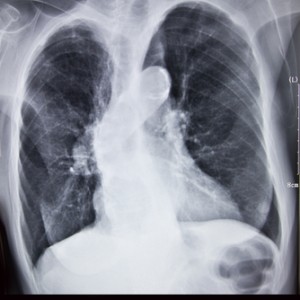
A team of researchers from Chosun University in Korea recently found that residents near a cement plant who were heavily exposed to pollutants from industrial byproducts have higher rates of ventilation impairment when compared to people who live far away from cement plants. The study, entitled “Ventilation impairment of residents around a cement plant,” was recently published in the Annals of Occupational and Environmental Medicine, and further supports the notion that industrial pollutants can have a substantially negative impact on lung health.
There are many hazardous environmental pollutants derived from cement such as particulate matter, various oxides, and heavy metals, which are released during the production process. In Korea, residents who have lived near the cement plants have been complaining about the dust created at plants when they were carrying limestone from the mine to the plant.
These complaints included respiratory symptoms such as chronic cough or phlegm as well as itching sensations on the body surface and prickly-feeling eyes. However, there is lack of evidence on the health effects of cement dust and asbestos, or heavy metals in the development of lung diseases.
Sul Ha Kim from the Department of Occupational & Environmental Medicine, examined the difference in ventilation impairment (assessed via pulmonary function test, PFT) in group of residents near a cement plant in Korea who are more exposed to cement and compared the results with another group of residents who have less exposure to the cement plant.
[adrotate group=”3″]
The team of researchers examined the effect of a pre and post-bronchodilator (PFT) in 318 people who were living within a 1 km radius of a cement plant (MEG) and in 129 people who lived more than 5 km away from the same plant (LEG). Ventilatory performance was assessed with the largest forced expiratory volume in a one second (FEV1) and with functional residual capacity (FVC).
The results revealed that obstructive impairment (assessed with the GOLD criteria for COPD) was 9.7% in the MEG, compared to 8.5% in the LEG. Furthermore, the restrictive type was 21.6% in the MEG and 12.4% in the LEG. MEG residents were found to have 2.63 times ventilation impairment than the LEG. The ventilation impairment rate, particularly in restrictive not obstructive type, was higher in the MEG than in the LEG even with a lower valid PFT proportion in MEG.
With these findings the researchers indicated that long-term exposure to particulate dust generated by the cement plant might be causative of ventilation impairments. Thus, longitudinal studies examining these adverse health effects are necessary.

